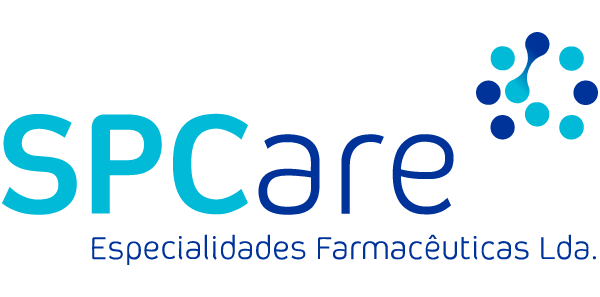08 Jul Hospital pharmacy with record treatments

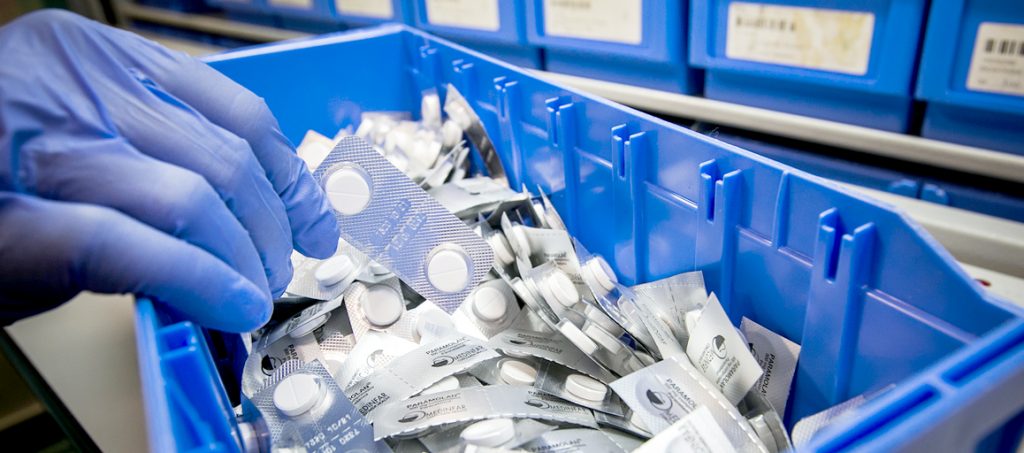
06 July 2022
In 2021, the Pharmaceutical Service of IPO Lisboa prepared 41,500 chemotherapy and immunotherapy treatments, the highest number in the last 12 years.
The majority of patients treated at the Instituto Portuguese de Oncology de Lisboa Francisco Gentil (IPO Lisboa) know, of course, the Pharmaceutical Service, because this is where you will raise the medication to continue treatments at home.
But behind the reserved access doors is done all complex and unknown work of most users. This is where treatments for chemotherapy are prepared, for example, or formulas for pediatrics or dermatology and other services that are not marketed by the pharmaceutical industry are prepared (such as ointments, suppositories, colutories, gels; eye drops, other pharmaceutical forms for topical application, among others).
All medicines dispensed at the Institute go through this service. Currently, the pharmacy has about 1200 active items. That is, 1200 medicines and medical devices with therapeutic action. Every month, drug use in the Lisbon IPO is around seven million euros (about 1.7 million per week). The most expensive are intended for treatments in pediatrics and hematology services.
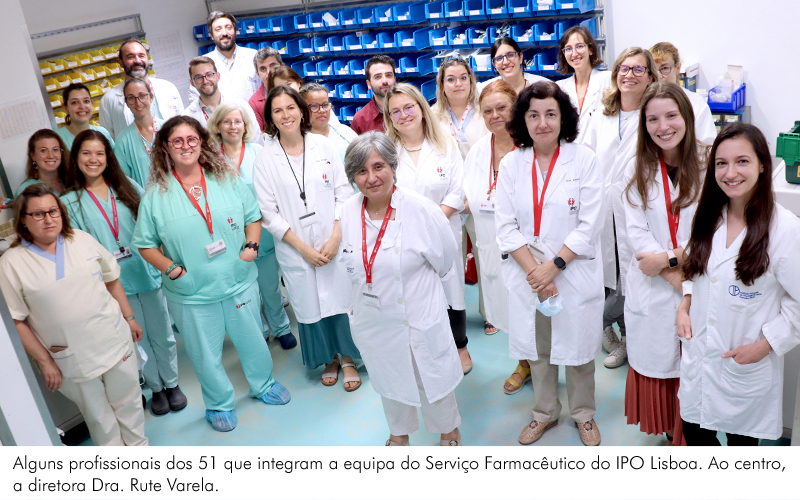
Last year, says pharmacist Rute Varela, director of the Pharmaceutical Service, “about 41,500 chemotherapy and immunotherapy treatments were produced there, which corresponds to more than 80,000 prepared drugs.” The amount has been increasing to an average of 1,000 new treatments per year, and in 2021 there was “the largest number in the last 12 years”.
In outpatient clinics, care is also rising. In 2021 there were 58,300, 54.6% more than the 37,700 in 2013. On average, 200 users are served per day. In compliance with the legislation in force, and because they are prolonged therapies, the drugs are dispensed in monthly quantities, except situations previously authorized by the Board of Directors.
However, the dispensation of outpatient medications to the Day Hospital and hospitalizations is the culmination of a complex process and in which nothing can fail, so that everyone receives the correct treatment, at the appropriate dose and frequency, as well as all relevant information, guaranteed the primacy of safety and quality.
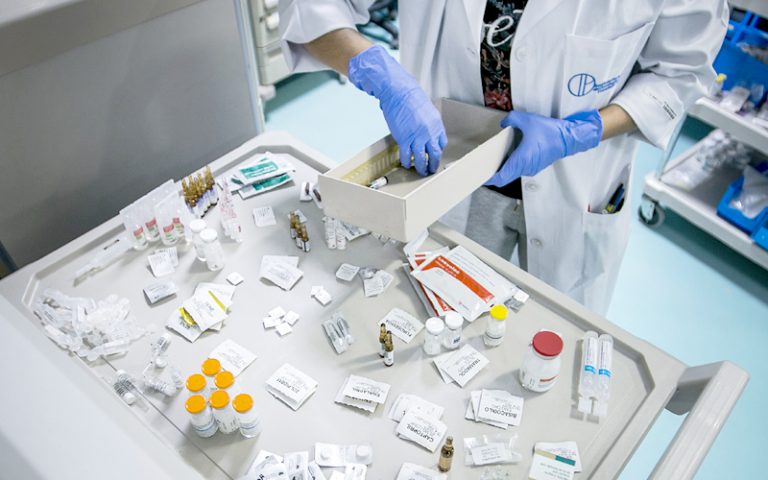
It begins with the choice of drugs to be purchased, a process that “has associated a high bureaucratic load,” rute Varela continues. Last year alone, the service reviewed and prepared opinions for 680 purchasing processes. After the choice and acquisition of medicines, mandatorily by centralized purchase, pharmacy professionals are in charge of their reception, storage, preparation, distribution and monitoring.
For hospitalization, the medication is dispensed in daily unit doses for each patient (individual daily distribution in unit dose) and sent to the respective services in carts with a drawer for each patient. Before that, the pharmaceutical validation of all prescriptions is performed, which includes the analysis of the adequacy of the drug and dosage, the evaluation of interactions and overlaps with other substances and the duration of treatment.
In the case of chemotherapy treatments (cytotoxic and other antineoplastic drugs) a double check is required. “It is a very well established procedure that requires a number of steps that cannot be overcome to ensure the quality and safety of treatment,” explains the service director.
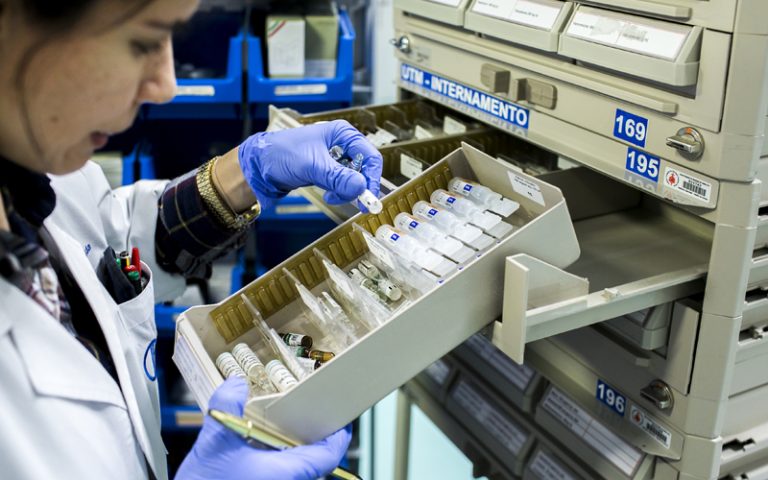
All chemotherapy treatments have two checks per pharmacist. The first (clinical and clinical validation), before being prepared by the superior diagnostic and therapeutic technicians (TSDT) of the pharmacy; the second, at the end of the circuit and attest to the quality and safety of the medicine prepared for human use. In the course of the treatments, blood tests are carried out to optimize therapy with the lowest possible toxicity. If it is necessary to adjust the dosages, the doctor who prescribed them is advised.
“The manipulation of drugs that simultaneously require sterility, as a quality requirement for the patient, and the adoption of measures that ensure the safety of the professionals involved” is one of the characteristics of the preparation of cytotoxic substances indicated by Humberto Gonçalves, pharmacist coordinator of the Outpatient and Pharmacotechnics Unit of the Pharmaceutical Service.
Among the most important challenges in this area, the professional highlights: the specialized technical preparation and the maintenance of a multidisciplinary team “coordinated day after day” and continuous work “so that teams maintain their skills and specializations at high levels of performance”.
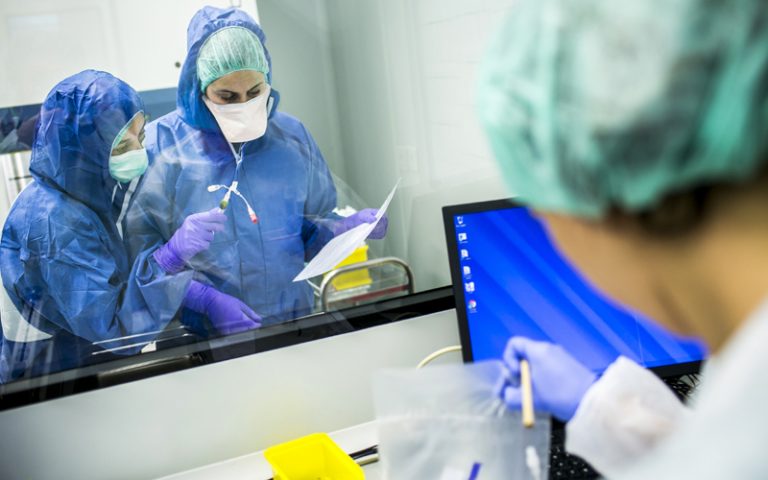
Innovation and research
Also with regard to cytotoxic drugs, IPO Lisboa was a pioneer in Portugal in the therapeutic monitoring of busulfan. The drug is used in bone marrow transplants, but can be metabolized differently from patient to patient. Also with regard to cytotoxic drugs, IPO Lisboa was a pioneer in Portugal in the therapeutic monitoring of busulfan. The drug is used in bone marrow transplants, but can be metabolized differently from patient to patient.
AThe therapeutic innovation in the area of chemo and immunotherapy, reveals, for his part, Humberto Gonçalves, “has evolved presenting new challenges in preparation techniques. The hospital pharmacist is responsible for assessing the requirements necessary for its preparation.” “Whenever one of these medicines is used for the first time there is an intense work of previous analysis and that results in the definition of working standards that allow the preparation of the drug respecting its specifications and combining with the conditions available to the institution”, he adds, as with new medicines in the area of advanced therapy (ATMP’s).
In the area of clinical research, at the end of last year, the pharmacy participated in 41 active clinical trials (13 of these new ones) that have the participation of the IPO Lisboa. In 2013 there had been 10 new trials out of a total of 27 assets. “In clinical trials we are responsible for the entire process of the experimental drug circuit. But these are medicines with their own characteristics, which have monitoring visits, as well as some different requirements from normal medicines”, explains Ruth Varela.
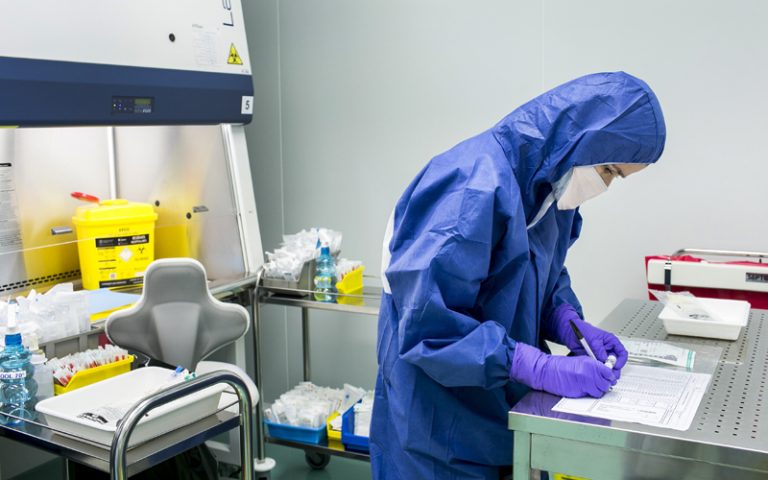
In addition to the circuit of clinical trials there are also specific circuits for dispensing controlled substances and blood products, according to the legislation in force. Pharmacy professionals are also responsible for the preparation of radiopharmaceuticals are used in Nuclear Medicine, working physically in this service.
It is also in the hospital pharmacy that some drugs are transformed into formulas that are not marketed by the pharmaceutical industry, such as adapting dosages or transforming solid drugs into liquids. “We adapt pharmaceutical formulas for pediatrics or for patients who have a nasogastric tube,” says the pharmacist. At the request of the clinical area, the pharmacy also develops some medicines from scratch. On average, one to two new formulations per year.
The service is represented in the Pharmacy and Therapeutics committees, the Antimicrobial Infections and Resistance Prevention and Control Program, the Clinical Risk Management and the Multidisciplinary Wound Treatment Team.
Use of overtime
In the Pharmaceutical Service work 51 people, including operational assistants, technical assistants, TSDT and pharmacists. And if the number of treatments increases from year to year, that of professionals has been more or less constant.
“We are preparing around 160 treatments a day between hospitalizations and Day Hospital, which is a very high burden for the resources we have and has only been possible thanks to the effort and commitment of the team and overtime, about 500 per month. This is in order to have adequate waiting times” laments the head of the service, who is waiting for more hires and that the service is in the process of being reorganized to make its provision even more efficient.
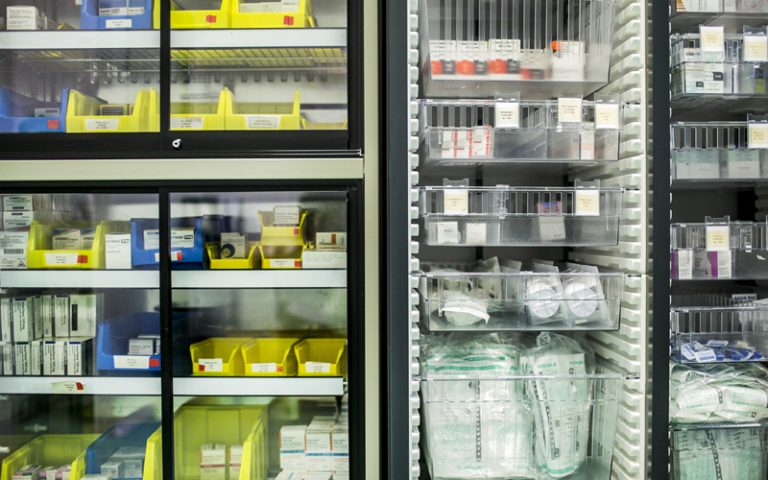
Rute Varela highlights the role of all professionals in this gear: “The pharmacist validates the entire prescription and then the TSDT makes the preparation for unit dose and cytotoxics. The reception is made by a technician, the storage is done by auxiliaries with the supervision of the technician or pharmacist. Not forgetting all the administrative workload ensured by the technical assistants. They’re all very important.”
But it has not been easy to retain professionals, as is happening in many hospitals and services of the National Health Service. The lack of better working conditions, exhaustion, and the lack of career progressions create “a great demotivation”.
However, there are those who choose to stay. In your case, the choice of work in a hospital pharmacy has to do with the “permanent evolution of science” that allows “constant learning.
In the opinion of Humberto Gonçalves, one of the reasons that lead pharmacists to choose the hospital area has to do with the fact that “provide the opportunity for their intervention to be done in an integrated way in a multidisciplinary health care team”. As well as, he adds, “because the hospital area is still perceitable as the one that provides a deeper and more integrated technical intervention of all the theoretical knowledge acquired.”
